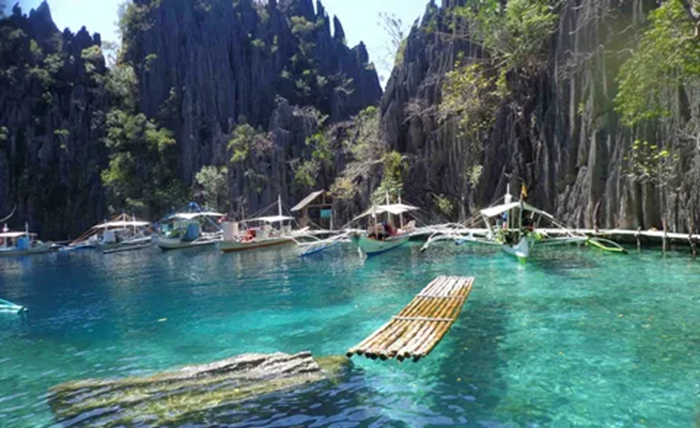Since the beginning of the 21st century, GDP growth (except 2020) has been mainly due to the expansion of domestic consumption, which doubled in the 2010s in absolute terms.
At the same time, private consumption dominates, with government spending accounting for no more than 10% of gross income, a trend that has been observed since 2001. However, government consumption in GDP has been gradually growing both in volume and as a share of expenditure. Capital expenditures have also grown in absolute terms, although their contribution to GDP increased only slightly in the late 2010s due to a slowdown in the inflow of foreign investment.
According to the Human Development Index, the Philippines is ranked 107th among 189 countries in the world with a value of 0.718 (2019).
In terms of economic competitiveness, the Philippines is ranked 64th among 141 countries (2019; 56th in 2018); among ASEAN countries – 6th (5th in 2018). According to the Economic Freedom Rating, the country is 73rd out of 178 countries (2021; 70th out of 176 countries in 2019) and is classified as a country with moderate economic freedom. The conditions for doing business in the Philippines are still difficult, primarily due to the strong bureaucratization of all government institutions, legislation (to open a company, you need to go through 13 different procedures, spending 33 days and about 23% of future income) and the so-called crony phenomenon (the presence of elite families close to the current government and owning most of the means of production and capital). Foreign capital is not granted ownership of land; in many sectors of the economy, foreign investors can only claim a minority stake of no more than 40%.
